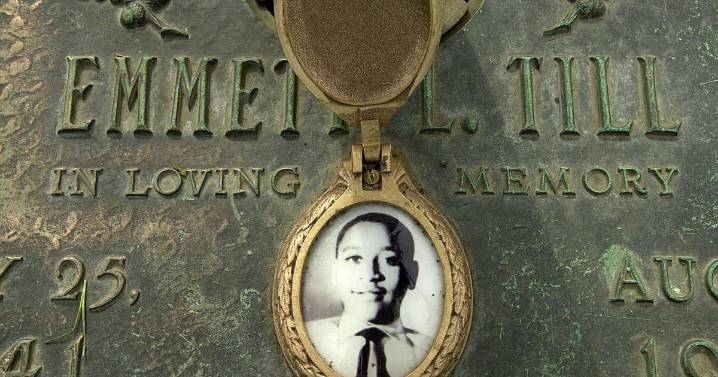In the summer of 1776, just after the signing of the Declaration of Independence, the leaders of North Carolina sent an army of 2,500 militiamen to punish all Cherokees in response to scattered attacks by renegade Cherokees attempting to discourage further incursions into their hunting lands by white settlers.
King George III had tried to avoid such a conflict in 1763 by separating “his children” into reserved places for each group to live and prosper according to their ways. But a dozen years later, land-hungry American settlers, eager to flex their presence across the former colony, had decided that this rule no longer applied. These settlers wanted that land, and they saw the Cherokees, those “others,” as just in the way. It was “us versus them.”
Revealing the limits of his formal edu

 Greensboro News and Record
Greensboro News and Record

 Newsweek Top
Newsweek Top Associated Press Top News
Associated Press Top News Brooklyn Paper
Brooklyn Paper New York Post
New York Post The Washington Post Opinions
The Washington Post Opinions TIME
TIME ABC News Video
ABC News Video The Conversation
The Conversation The Gaston Gazette Sports
The Gaston Gazette Sports AlterNet
AlterNet